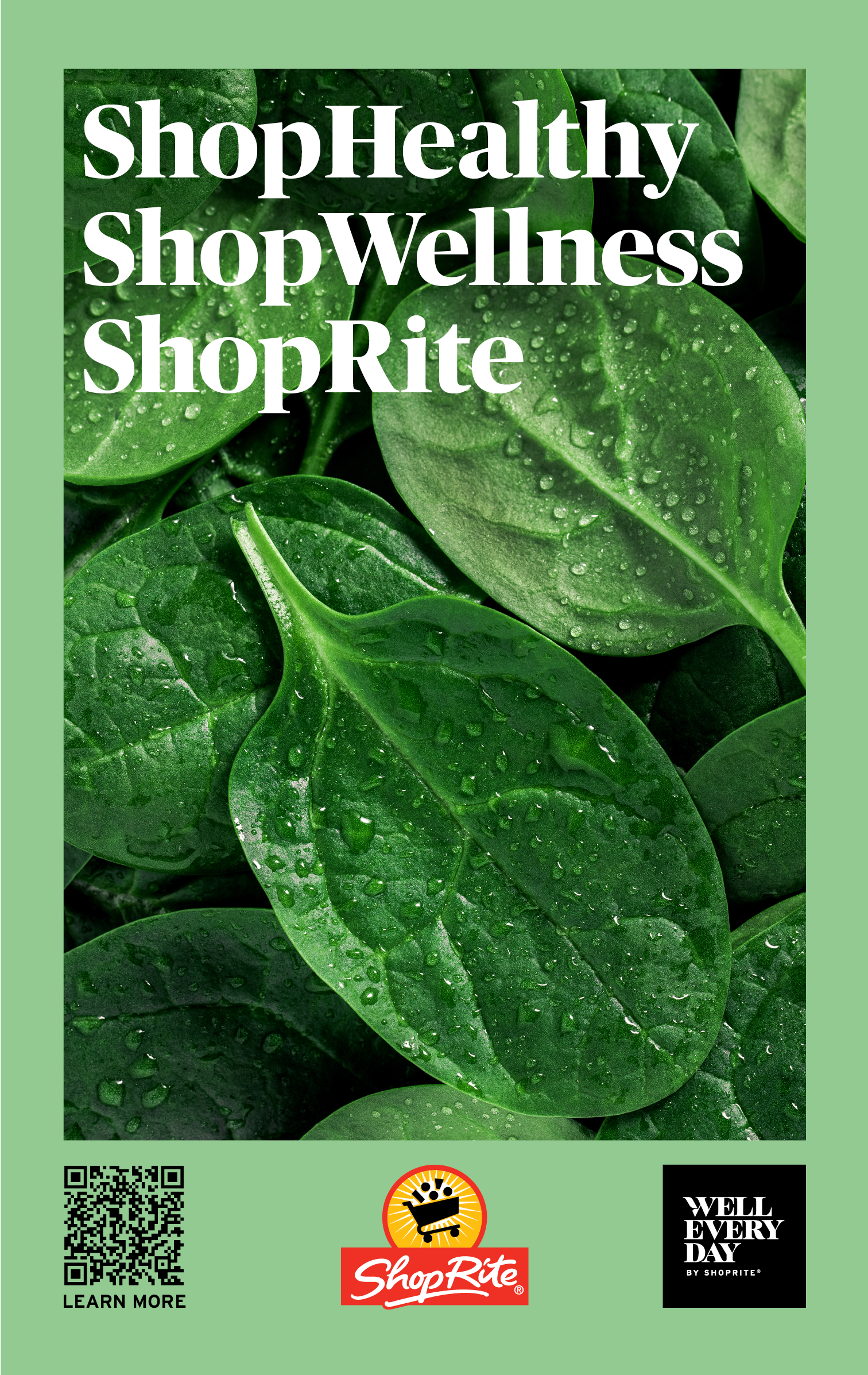
Eating healthy seems so simple. But there are many obstacles standing in the way of wellness for the everyday shopper/meal-prepper/eater:
And we have the dieticians/experts and resources that can make a real difference in people’s daily lives. So, we shared them with the world.
Objective: To position ShopRite as a viable player in the health space. We had the resources and products to cater to this demographic, but perception and awareness remained low.
We set out to transform our perception from mass grocer to credible wellness resource.
Well Everyday became our solution. ShopRite bolstered this comprehensive campaign - empowering everyday eaters to make healthier choices.
To be a true player in the healthy eating space, we had to offer legitimate products and services AND be able to talk to our audience in a meaningful way. We had to devise a tactful media plan to get their attention - consisting of live chats, social and short-burst online video.
First: Well Everyday needed to be branded in a way that could be ownable for ShopRite. The idea was in our name. People come to SHOP ALL things with us. All we needed was to highlight that they could now ‘SHOP HEALTHY’ with us
Thus the new Campaign…
Shop _________ [fill in inspiring healthy food idea here]. ShopRite.
A fresh look, feel and message. A new clean, appetizing design with a fun message with a simple repetitive construct made the proposition ownable. ‘Shop Wellness, ShopRite’
Next – we created a hub where people could access content and interact with ShopRite in order to create meaningful, sustained change. We loaded up the Well Everyday hub on ShopRite.com with a wealth of health, including:
Wellness seekers now have a new, healthy home, thanks to our Well Everyday evergreen campaign.
The goal of the campaign was to drive awareness for current and prospective ShopRite customers. We wanted to transform our perception from mass grocer to credible wellness resource. In order to achieve this, we targeted health-conscious consumers in ShopRite zip codes with circular inserts, direct mail, email, and programmatic content (based on purchase data and lookalike audiences).
Also, the campaign caused a bit of a stir with our audience:
